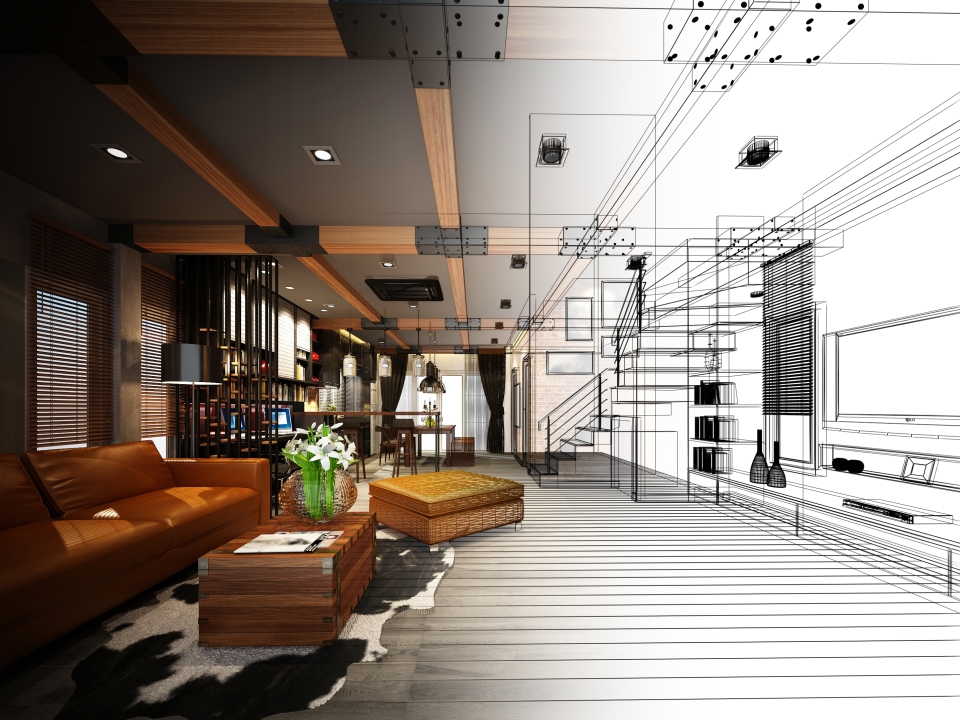Healthier and Sustainable Furniture: Trends of 2021
2021/01/29 | By CENS
In the furniture and related industries, the growing trend to adopt greener, healthier, and more sustainable practices have accelerated in recent years, as consumers become more conscious about their purchases' impact on their health and the environment. Even companies are looking for ways to lift employee morale by investing in improving the office environment.
The COVID-19 pandemic has made our immediate surroundings at the center stage, as lockdown measures force people indoors to quarantine or work from home. On the commercial side, the resumption of work in specific areas has made it abundantly clear that business office environments may or may not ensure safety and protection against invisible viruses.
Our Living Spaces aren't as Healthy as We Think
According to various studies, people nowadays spend approximately 80% to 90% of the time indoors; that number could be as high as 100% during the COVID-19 outbreak at the height of lockdowns. As people spend time indoors to avoid contracting the virus, they should not assume that by doing so, they can avoid exposure to other concerns, like outdoor pollution. Studies suggest that indoor environmental stressors can be equally harmful to human health.
The growing popularity of healthy building certification, such as the International WELL Building Institute (IWBI) WELL Building Standard, is an answer seeking to resolve how the environment can impact an individual's health. Unlike past green certifications that concentrate on how buildings affect the environment, IWBI places people's health and wellness at the center of building designs and seeks to revolutionize the building and related industries. Buildings and indoor spaces that are WELL certified ensures a positive impact on human health and wellbeing through ten concepts: Air, Water, Nourishment, Light, Movement, Thermal Comfort, Sound, Materials, Mind, and Community.
Compared to other certifications, the WELL Standard is especially stringent to ensure that the building occupants' long-term health is prioritized. It requires projects to undergo a rigorous on-site inspection of each of the ten concepts or criteria when occupants are actually inside the inspected environment and using the facilities.
Each concept brings new business opportunities, as suppliers must improve or develop materials and optimize practices to ensure that their products can help companies obtain WELL certification in each respective concept. For instance, the WELL "air" concept promotes higher air quality through better design solutions, human behavior changes, or sometimes installing new technologies. Indoor air containments are also regulated under the air concept. WELL Platinum-certified INFANCIX Postpartum Care Center's CEO Lee Kao-ssu told CENS in an interview that while refurbishing the rooms one time, they found HCHO levels had spiked above regulated values during routine inspections, as required to meet certification guidelines. Lee said the increased HCHO levels were coming from a table lamp they added in the room.
The WELL "light" concept uses lighting solutions to promote visual, mental, and biological health. Depending on the environment and usage, lighting solutions that help regulate an individual's circadian rhythm in a residential building or promote glare control to increase productivity in an office setting would meet certification standards.
The healthy building movement has attracted attention from Taiwan's most competitive industries, such as the electronics industry. Other suppliers will soon follow suit when Taiwan's leading electronic companies like Delta Electronics invest in healthier solutions, leading to a more diverse pool of suitable products for companies seeking to obtain the WELL Building Standard to choose from. For example, Delta Electronic's indoor air quality sensor can detect CO, CO2, PM2.5, PM10, HCHO, O3, TVOC, temperature, humidity, and illuminance, which are elements regulated under the air, light, and "thermal comfort" concepts in the WELL Building Standard.
Reducing Waste with Sustainable Furniture
Environmentally-conscious measures are also building momentum in the furniture industry. Often, furniture is thrown out once it reaches the end of its product life-span, or at other times, when repairing the furniture is impossible. This creates waste in proportions that corporations are beginning to seek ways to reduce their carbon footprint.
Some furniture retailers are offering rental solutions for companies or rolling out designs and products that seek to reduce wasting natural resources (such as water-saving faucets) or encourage owners to repair furniture instead of throwing it away. The world's biggest furniture retailer IKEA, for instance, has introduced programs that resolve the issues mentioned above. For instance, companies could rent office furniture from IKEA instead of outright purchases to reduce waste upon moving. IKEA has also introduced spare parts for popular products to repair at home. Last year, the chain entered the second-hand furniture market by introducing its buy-back scheme, in which the brand will buy unwanted furniture from its customers.
If heavyweight retailers like IKEA have pledged to ensure all of their products can be reused, repaired, and recycled by 2030, the industry will soon follow suit.




